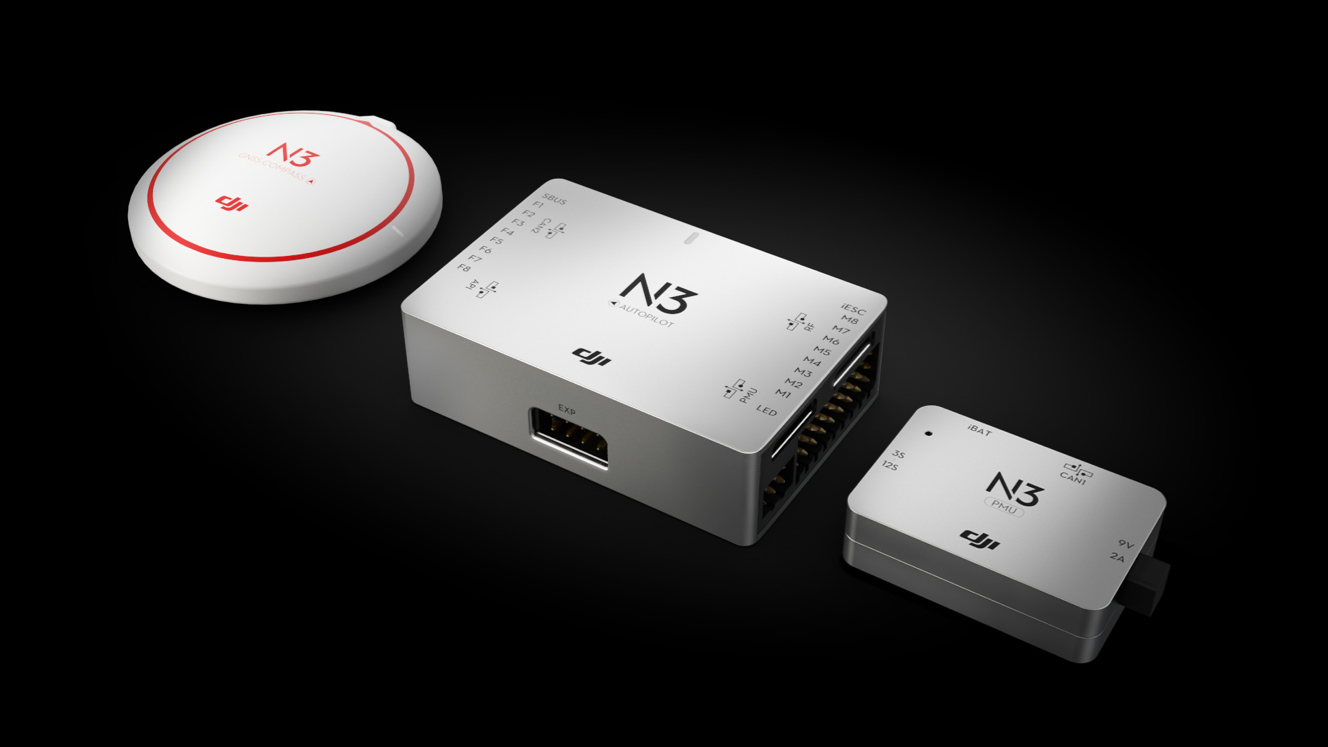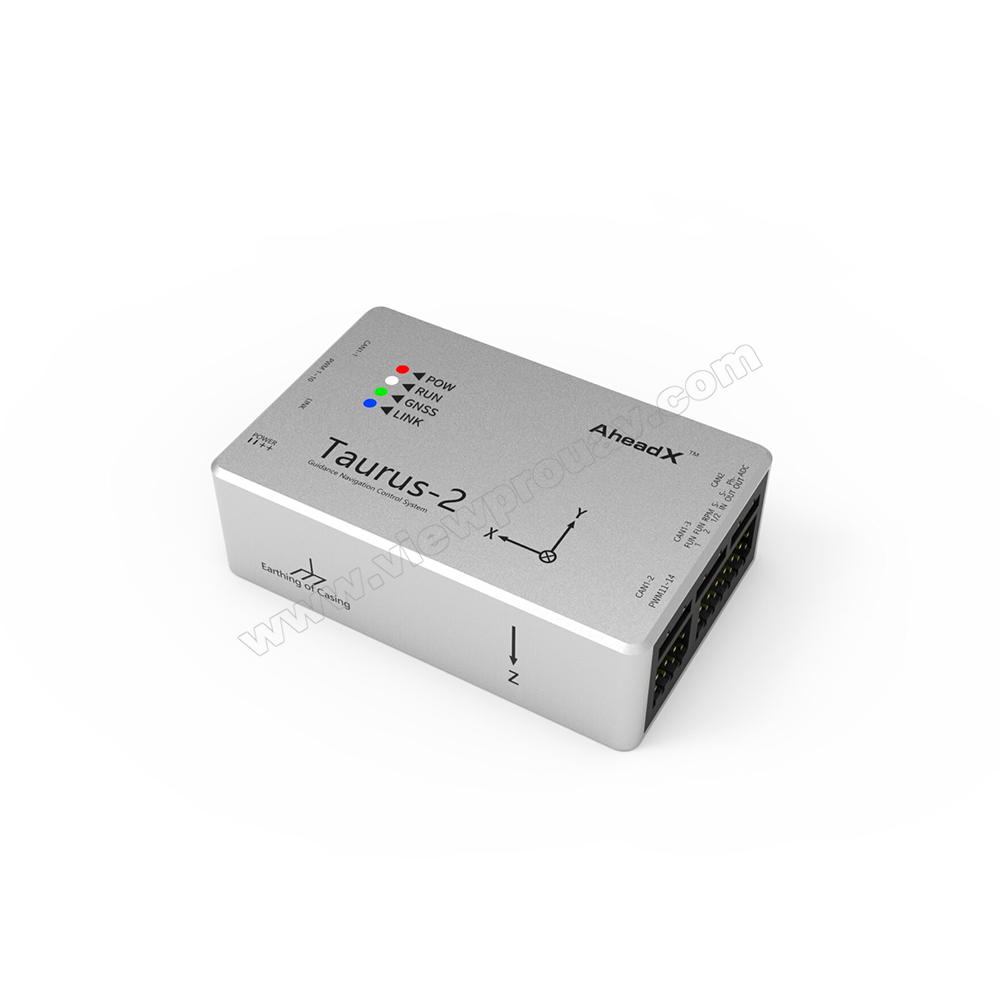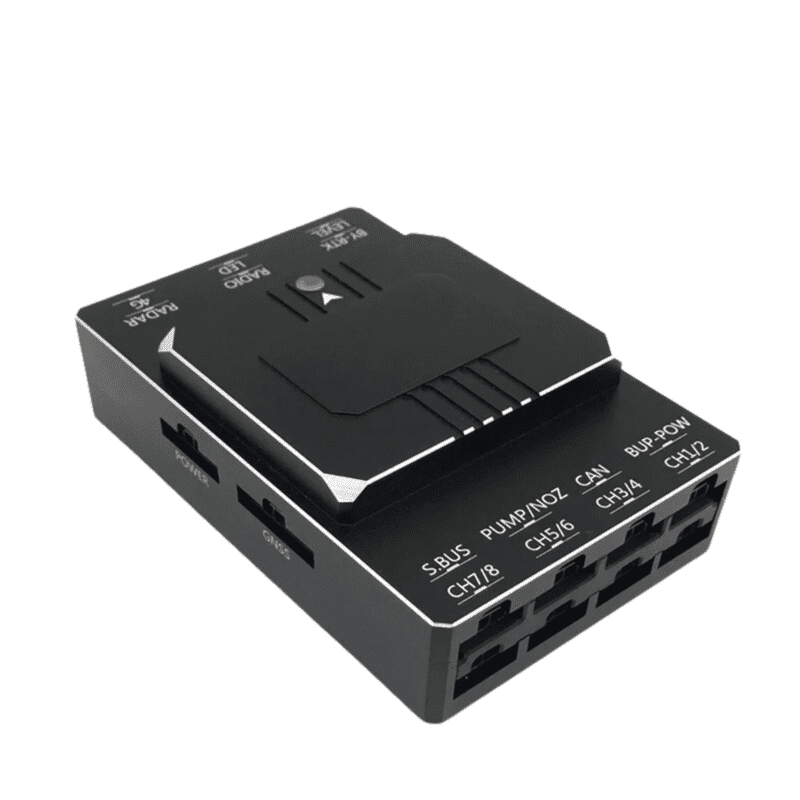The Future of UAVs: SparkNavi Drone Flight Controller and GNSS/INS Made in Taiwan
The Future of UAVs: SparkNavi Drone Flight Controller and GNSS/INS Made in Taiwan
Blog Article
Exploring the Duty of Drone Flight Controllers in Enhancing Flight Stability and Navigation Efficiency
The improvement of drone innovation has significantly raised the significance of trip controllers, which offer as the mind of these aerial lorries. By integrating real-time data from a selection of sensors, flight controllers enhance trip stability and navigation performance, ensuring that drones can run efficiently even in intricate settings.

Recognizing Trip Controllers
Trip controllers are indispensable components in the performance of drones, functioning as the brains that manage and support flight procedures. These advanced gadgets process data from numerous sensing units, including accelerometers, gyroscopes, and GPS, to make certain that the drone preserves its intended trip course. The trip controller interprets this data and performs commands based upon pre-defined algorithms, allowing the drone to respond to ecological changes, such as wind or barriers.
The main function of a trip controller is to maintain security throughout flight. It achieves this by making real-time adjustments to the drone's electric motors and control surfaces, ensuring equilibrium and control. Additionally, contemporary flight controllers integrate sophisticated features such as waypoint navigation, allowing for automated trip courses and boosted functional performance.
Understanding the style of trip controllers is important for both professionals and hobbyists. They usually include a microcontroller, firmware, and numerous user interfaces for sensing unit input and interaction. As innovation breakthroughs, trip controllers have actually become more small and qualified, integrating man-made intelligence to adjust and improve decision-making procedures to complicated trip situations. This evolution represents a pivotal development in the drone sector, leading the way for more innovative applications and more secure operations.
Key Components of Flight Security
Attaining ideal flight security in drones relies on several key components that operate in show to make sure controlled and smooth operations. Central to this security is the trip controller itself, which processes information from various sensing units to preserve the desired flight perspective. This includes accelerometers and gyroscopes that determine movement and alignment, enabling real-time adjustments to the drone's position.
Another crucial element is the electronic rate controllers (ESCs), which control the power provided to the electric motors. By finely adjusting motor speeds in response to flight controller commands, ESCs help preserve balance and neutralize disturbances caused by wind or abrupt activities.
Furthermore, the design of the drone's frame plays a critical duty in trip stability. A well-structured framework reduces vibrations and boosts the overall wind resistant account, adding to smoother trip attributes. The combination of innovative algorithms within the flight controller help in predictive modifications, guaranteeing a adaptable and receptive trip experience.
Together, these parts develop a cohesive system that enhances a drone's security, enabling precise maneuvering and boosted efficiency in different flight conditions.
Navigation Performance Techniques
Efficiency in navigating is vital for optimizing drone operations, especially in complex atmospheres. Reliable navigating strategies boost the capability of drones to traverse challenging terrains and stay clear of obstacles, consequently enhancing operational effectiveness and safety and security.
One famous strategy is the execution of advanced GPS and inertial dimension units (IMUs) that supply precise place monitoring and orientation information. These technologies allow drones to determine optimum flight paths in real-time, considering numerous elements such as wind conditions and possible barriers.
Another technique includes making use of algorithms for course planning and optimization. Algorithms such as A * and Dijkstra's algorithm can be deployed to determine one of the most reliable route while minimizing energy usage and flight time. Integrating device knowing designs can make it possible for drones to adaptively learn from their atmospheres, enhancing navigating capacities via experience.

Influence on Autonomous Drones
The assimilation of advanced navigation strategies has actually greatly changed the capacities of autonomous drones, allowing them to run with higher freedom and accuracy. SparkNavi drone flight controller and GNSS/INS made in taiwan. These enhancements are primarily credited to advanced trip controllers that make use of real-time data processing and sensor fusion, allowing drones to browse complicated atmospheres effortlessly
The effect on self-governing drones prolongs beyond plain navigation; it incorporates enhanced barrier evasion, enhanced security during dynamic conditions, and increased goal reliability. By leveraging formulas that integrate artificial intelligence and expert system, drones can adapt to changing circumstances, making educated decisions that optimize their flight paths while decreasing dangers.
Furthermore, the execution of durable flight controllers has actually assisted in the execution of intricate tasks, such as airborne assessments, distribution services, and agricultural tracking, with marginal human intervention. This capability not just streamlines procedures but likewise lowers human error, thereby boosting general safety and security.
Consequently, the operational extent of autonomous drones has actually expanded significantly, making them crucial tools in numerous industries. Their capability to perform effectively in diverse circumstances underscores the essential role that advanced flight controllers play fit the future of unmanned airborne systems.
Future Patterns in Trip Control
Frequently, innovations in trip control innovation are poised to redefine the landscape of drone procedures in the coming years. Arising patterns suggest a substantial change towards improved fabricated knowledge (AI) combination, making it possible for trip controllers to process real-time information much more effectively. This advancement will certainly help with improved decision-making abilities, enabling drones to adapt to vibrant ecological problems autonomously.
Moreover, the application of maker understanding formulas is expected to enhance predictive upkeep, therefore minimizing downtime and prolonging the lifecycle of drone elements. This positive strategy to maintenance will be vital as drone applications broaden throughout different markets, from farming to logistics.

.png)
Finally, improvements in safe and secure interaction methods will deal with security and regulative issues, making sure that drones can run effortlessly in busy airspaces (SparkNavi drone flight controller and GNSS/INS made in taiwan). Jointly, these fads aim in the direction of a future where trip control systems are not just smarter and more likewise capable however effective of running securely in an increasingly incorporated airspace
Verdict
In verdict, drone trip controllers are essential to boosting trip security and navigating performance through the advanced processing of sensor information. By keeping optimal flight mindsets and using advanced algorithms for path optimization and obstacle avoidance, these controllers dramatically contribute to the autonomy and operational security of drones. As innovation proceeds to progress, better innovations in flight control systems are expected, guaranteeing enhanced efficiency and broadened abilities in the realm of unmanned aerial vehicles.
By integrating real-time data anonymous from an array of sensors, trip controllers boost trip security and navigating performance, making certain that drones can run efficiently also in complicated atmospheres.Flight controllers are important elements in the functioning of drones, serving as the brains that handle and support flight operations. Furthermore, modern-day trip controllers include innovative look at here now attributes such as waypoint navigating, permitting for automated trip courses and enhanced operational performance.
Central to this security is the trip controller itself, which refines data from numerous sensing units to preserve the desired trip mindset.In final thought, drone flight controllers are indispensable to boosting trip stability and navigation performance with the innovative processing of sensor information.
Report this page